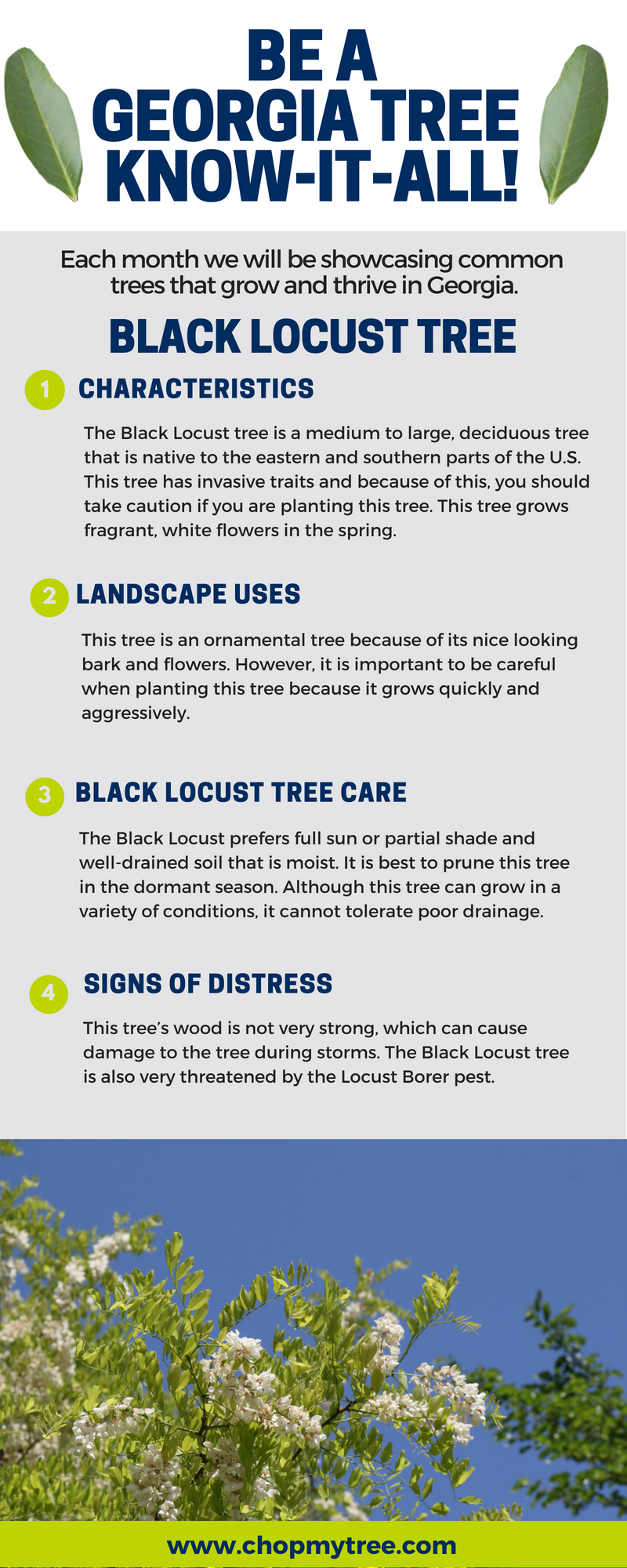Seasonal Tree Pruning: The Ideal Timing And Methods For Making The Most Of Growth
Seasonal Tree Pruning: The Ideal Timing And Methods For Making The Most Of Growth
Blog Article
Created By-Carlsson Pontoppidan
When it pertains to seasonal tree cutting, timing and strategy are important for your trees' health and wellness and growth. You may be amazed at how much a basic cut can motivate new life. Recognizing when to prune dormant trees versus blooming ones can make all the distinction. However it's not just about when; it's also concerning how you do it. Allow's explore the best practices to guarantee your trees flourish.
Understanding the most effective Seasons for Tree Trimming
When's the best time to trim your trees? The response hinges on recognizing the periods. Late wintertime to early springtime is usually perfect, as trees are still dormant. This timing minimizes stress and promotes much healthier growth when they awaken.
However, if you're managing blooming trees, think about cutting right after their flowers fade. Pruning Fig Tree guarantees you won't cut off next year's blossoms.
In summer season, light cutting can aid preserve shape and remove any dead or infected branches. Prevent hefty pruning throughout fall, as trees are preparing for dormancy and may battle to heal.
Ultimately, recognizing your tree varieties and local environment will certainly lead your trimming routine. Choose intelligently, and your trees will certainly grow wonderfully year-round.
Crucial Trimming Techniques for Healthy And Balanced Trees
Trimming your trees successfully is essential for their health and wellness and long life. Begin by using tidy, sharp devices to make precise cuts, which assists protect against damages and disease.
click this link here now on getting rid of dead, harmed, or crossing branches first; this motivates better air flow and sunlight infiltration. When cutting, aim for an angle that promotes recovery and decreases the risk of rot. Constantly trim just outside the branch collar, the inflamed location where the branch meets the trunk, to boost recovery.
For young trees, form them by precisely trimming to develop a strong framework. Ultimately, avoid over-pruning; eliminating way too much foliage can emphasize your tree.
Common Mistakes to Avoid When Pruning
Lots of house owners make vital blunders while trimming their trees, which can bring about long-term damage.
One typical error is over-pruning, where you eliminate a lot of branches at the same time. This can worry the tree and hinder its development.
Another error is making use of boring tools; sharp, tidy tools make cleaner cuts that heal quicker.
Do not fail to remember to trim at the incorrect season; wintertime is usually best for several varieties, while summer season is perfect for others.
Additionally, prevent cutting branches also near to the trunk or leaving stubs, as both can welcome pests and diseases.
Last but not least, falling short to step back and assess the tree's overall shape can cause uneven growth.
Maintain these errors in mind for much healthier, growing trees!
Final thought
Finally, seasonal tree cutting is vital for your trees' health and wellness and growth. By pruning at the right times-- late wintertime for inactive trees and right after blossoms for blooming varieties-- you'll urge vivid foliage and blossoms. Remember to utilize tidy, sharp devices and adhere to proper methods to avoid damage. Stay clear of hefty trimming in the fall and stay free from typical errors. With these pointers in mind, you'll keep your trees flourishing all year round!
